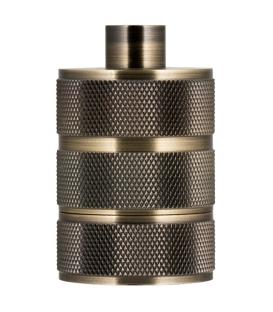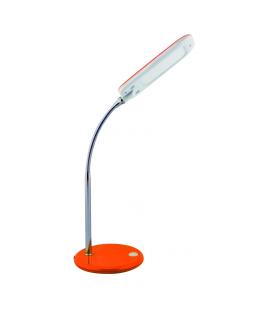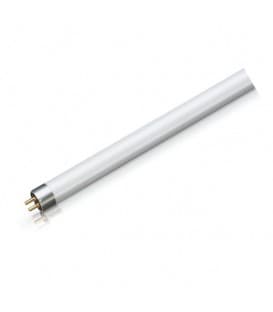Mercury lamps energy efficient lighting

Mercury lamps were widely used for various applications before the advent of more efficient and environmentally friendly lighting technologies like compact fluorescent lamps (CFLs) and light-emitting diodes (LEDs). While their use has declined in recent years due to these newer technologies, it's still important to understand their characteristics, benefits, and applications.
1. Construction and Operation: Mercury lamps consist of a glass envelope filled with mercury vapor at low pressure and equipped with two electrodes at each end. When an electric current is passed through the lamp, it ionizes the mercury vapor, causing it to emit ultraviolet (UV) light. This UV light then interacts with a phosphor coating on the inside of the glass envelope, which converts the UV light into visible light.
2. Types of Mercury Lamps: There are two main types of mercury lamps:
- Low-Pressure Mercury Lamps: These lamps are commonly used for outdoor lighting, such as streetlights and parking lot lights. They emit a bluish-white light and have relatively low efficiency compared to newer technologies.
- High-Pressure Mercury Lamps: These lamps are used in applications requiring higher light output, such as sports arenas and industrial facilities. They produce a bluish-green light and are more efficient than low-pressure mercury lamps.
3. Benefits of Mercury Lamps: Despite their declining popularity, mercury lamps still offer some advantages:
- Energy Efficiency: Mercury lamps can provide relatively high levels of light output for their energy consumption, making them suitable for outdoor and high-ceiling applications.
- Durability: These lamps have a longer lifespan compared to incandescent bulbs, resulting in reduced maintenance costs.
- Instant Start: Unlike some other types of gas-discharge lamps, mercury lamps have an instant start-up time, providing full light output as soon as they are turned on.
4. Areas of Application: Mercury lamps have been used in various applications, including:
- Street Lighting: Low-pressure mercury lamps were commonly used for street lighting due to their relatively high efficiency and durability. However, their use has diminished due to concerns about their environmental impact and the availability of more efficient alternatives.
- Industrial Lighting: High-pressure mercury lamps were used in industrial settings where high light output was required. They were often found in factories, warehouses, and large indoor spaces.
- Outdoor Area Lighting: Both low and high-pressure mercury lamps were used for outdoor area lighting, such as parking lots, stadiums, and outdoor event venues.
5. Environmental Concerns: One of the main drawbacks of mercury lamps is their environmental impact. Mercury is a toxic substance, and when these lamps reach the end of their life cycle and are improperly disposed of, they can release mercury into the environment. This has led to regulatory restrictions and a shift towards more environmentally friendly lighting technologies like LEDs and CFLs.
In summary, mercury lamps were once widely used for various lighting applications due to their energy efficiency and light output. However, their environmental impact and the availability of more advanced lighting technologies have led to a decline in their use. While they still have certain benefits, their use is now limited, and alternatives like LED lighting have become the preferred choice for most lighting applications.
Browse our "Mercury lamps" collection
Mercury Lamps - Energy-Efficient Lighting Lamps
There are no products in this category.






